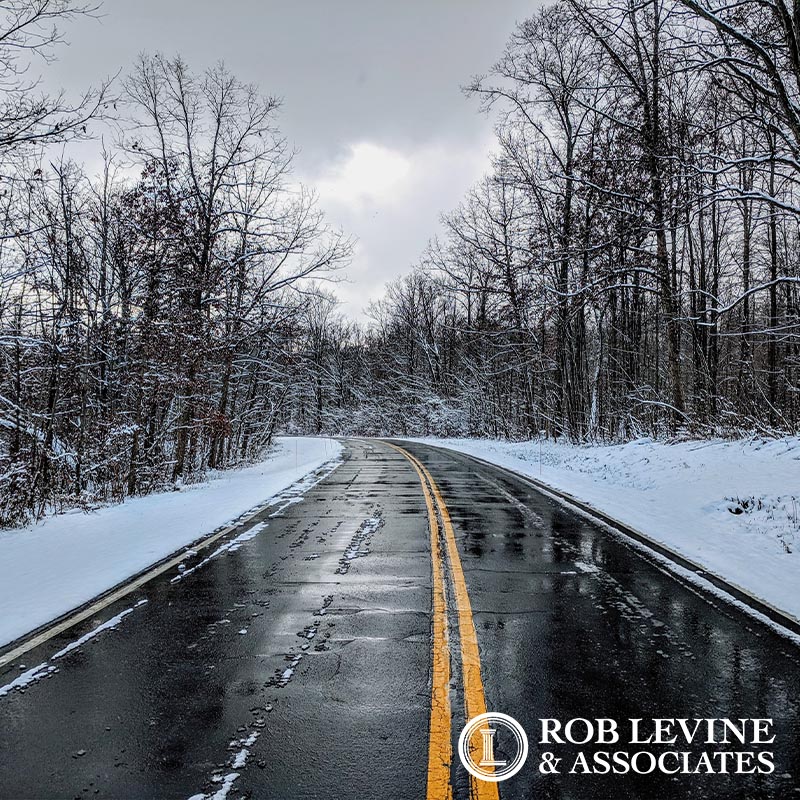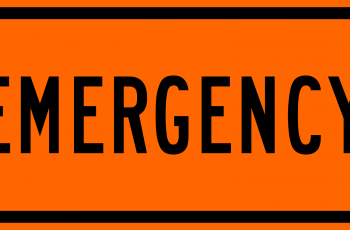Winter Driving: What to Check Before Hitting the Road
Taking proper care of your vehicle is the first step in ensuring safety on the road this winter. Getting a tune-up, changing fluids, and replacing any old parts can make all the difference when it comes to staying safe while driving in bad weather conditions. The following are just a few things to keep in mind when preparing your car for driving in the snow:
The Weather
Always check the weather before heading out during the winter. Make sure you know what the temperature will be and whether bad weather is expected.
Tires
Before heading out to drive in the winter weather, make sure the tires on your vehicle are in good shape. To see if your tires are overworn, place a penny with Lincoln’s head facing down into the grooves of your tire. If you can see any part of Lincoln’s head, your tires are overworn and should be replaced. You will also want to make sure the tread is no less than 2/32 of an inch. Lastly, make sure to check the tires for any cuts, punctures, bulges, scrapes, cracks, or bumps.
Gas Tank
It is advised that you should have at least half a tank of gas in your car at all times. The last thing you want is to run out of gas on a cold winter night. In addition, keeping your gas tank at least half full helps to keep your gas line from freezing. When your tank is too empty, the moisture in the air can freeze into ice, ultimately clogging the gas line.
Lights
Visibility is crucial when driving during the winter months. Make sure to check your headlights for illumination and alignment before driving during the winter. Clean them regularly to avoid dirt or grime build-up and address any cloudiness or yellowing.
Brakes
There are plenty of warning signs that something may be wrong with your car’s brakes. If you think something may not be right, get them checked right away. Some warning signs include:
- Brake light
- Squealing, squeaking, or grinding noises
- Wobbling, vibration, or scraping occurs when braking
- Fluid leaks
- Soft brake pedal
- Car pulls to one side when braking
- Burning smell while driving
- Bouncing occurs when you stop short
Wipers
A small but mighty feature for every vehicle, wiper blades are essential during bad weather. Make sure your blades are working properly and can clear your windshield efficiently. If your blades are leaving gaps or streaks on your windshield, try gently rubbing over them with sandpaper.
Battery
Car battery power drops in colder weather. Make sure to test your car’s battery before driving. You can do this by connecting a multimeter to the positive and negative battery terminals. While the car is off, you should have a voltage of around 12.6 volts. Next, start the engine and let the car run for a couple of minutes. Then, check the voltage again. If it is over 10, your battery should be okay. If the voltage when the car is running is under 5, you may need to replace your battery. Other signs of a bad car battery include dim lights, if the engine starts more slowly than normal, if there is a clicking noise, or if the battery light or check engine light is on.
Taking the proper precautions before heading out on the road this winter can make a big difference when it comes to safety.
If you have been in a car accident at the fault of another driver, contact Rob Levine & Associates. Our experienced team of personal injury attorneys will handle your case with care and get you the justice you deserve.










